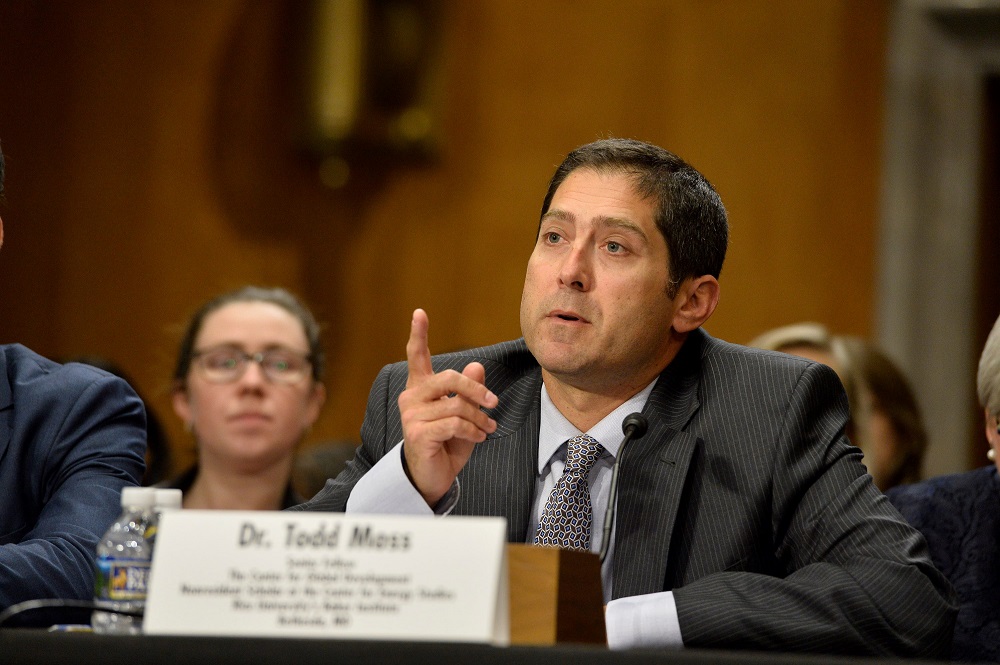The last time Congress overhauled the US foreign assistance apparatus, John F. Kennedy was president. The Foreign Assistance Act of 1961 (FAA) made some sweeping changes. Among other things, it separated military from non-military aid and established USAID to oversee economic assistance programs. Granted, there have been some tweaks to USAID and a few notable additions since then, such as the creation of OPIC in 1971 and the MCC in 2004. But, there hasn’t been a wholesale reexamination of how US development programs are structured, administered, and coordinated. Exhibit A is the fact that over 20 US agencies currently deliver aid programs. As such, there is a compelling case for finally fixing a broken, fragmented, and underperforming system.
Yet pushing for a new FAA is a really bad idea. It’s a fool’s errand and whoever takes the White House in 2017 should not fall into this trap.
From time to time, there are brave and dedicated public servants who dream of a full FAA reauthorization. Many have actually tried over the years. They have put pen to paper, held countless congressional hearings, consulted with the executive branch, and absorbed repeated attacks from the multitude of organizations and entrenched interests that have something to lose. Each serious effort consumes thousands of staff hours and burns up scarce political bandwidth and capital. In the end, all of these attempts have failed.
Grandiose dreams of restructuring US foreign aid programs have not been limited to the legislative branch alone. In 2009, the new crop of Obama Administration appointees took their own stab. They spent nearly two years developing a new presidential policy directive (PPD) on global development. The PPD made some important contributions, especially in relation to aid effectiveness principles like selectivity, country ownership, and transparency. It also created space for several USAID reforms, such as returning budget authority to the agency and continuing Bush Administration efforts to reverse staffing cuts. However, in the end, the PPD left the US aid architecture as fragmented as it was before President Obama took office. The most unfortunate part is that the senior US development officials, who were (and still are) highly motivated and capable, could have pursued more bite-sized reforms to specific components of the US foreign assistance apparatus.
The next US president should learn from this history. He or she should consider launching targeted reforms that support core policy priorities. There are countless options. However, two specific ideas could lead to legacy-worthy achievements. These include:
(1) Establishing a US Development Finance Corporation. Development finance is the future of development policy. Developing countries need aid less and less as their incomes rise and economies grow. What they need now is private investment and finance. US development policy, however, has failed to bring its development finance tools in line with this reality. Outdated authorities, insufficient staff resources, and tools dispersed across multiple agencies have all contributed to inefficient deployment without a clear overarching strategy. The next President, working closely with Congress, has the opportunity to firmly establish a new legacy by establishing a US Development Finance Corporation. The USDFC would consolidate related capabilities spread across a number of US agencies, thereby creating efficiencies and delivering greater impact.
(2) Executing a Top-to-Bottom Review of USAID Programs and Acting Upon the Findings. USAID has become a highly stretched agency, operating in 125 countries and 36 different program areas. The agency has some unquestioned strengths, such as humanitarian assistance and global health (e.g., HIV/AIDS and malaria). However, we have little idea about its performance, value for money, and comparative advantage in many, many other areas. In fact, there has not been a comprehensive top-to-bottom review of its programs in three decades. The next US president should launch such a review and commit to act upon the findings. By doing so, he or she could ensure that USAID remains fit for purpose, maximizes development impact, and delivers strong US taxpayer value over the coming decade.
Let’s be clear. Both of these reform proposals come with peril as well. Everything worth doing comes with risks. The key difference, however, is that they are more narrowly defined in terms of the agencies and policy issues involved. That means key officials and staff with finite amounts of bandwidth can dig into the details and find solutions. It also means there won’t be numerous congressional committees with overlapping jurisdictions, which is one of the reasons past structural reform efforts got bogged down.
CGD blog posts reflect the views of the authors, drawing on prior research and experience in their areas of expertise.
CGD is a nonpartisan, independent organization and does not take institutional positions.




